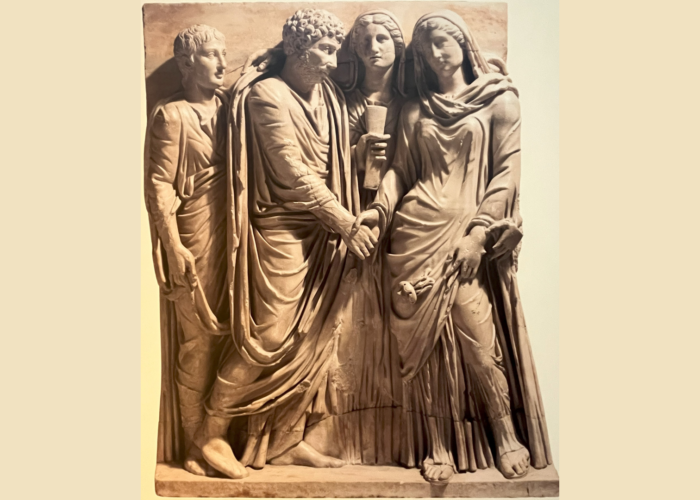Hermeneutics is the formal term for the art and science of interpretation. The hermeneutical circle refers to the process of understanding a text—the interaction between the parts and the whole, along with the complex interplay between text and reader. In fact, to interpret a text assumes a certain internal hermeneutical stability within oneself—a sense of interpretive authority over what we read. Yet, what if the assumptions with which we begin are flawed? In other words: how do we know what we know? This perennial epistemological question was popularised in the film, The Matrix, in which Neo was offered one of two pills:
“You take the blue pill . . . the story ends, you wake up in your bed and believe whatever you want to believe. You take the red pill . . . you stay in Wonderland, and I show you how deep the rabbit hole goes.” — Morpheus
While Christianity has always been “a bookish religion” (to borrow a phrase from Larry Hurtado’s Destroyer of the gods), placing significant value on the interpretation of its sacred texts, following Jesus involves something like swallowing Morpheus’ red pill, as those who first encountered Jesus came to realise. They became aware that it was Jesus who was restructuring their assumptions, their patterns of thought, and the way in which they understood reality and even themselves.
I am reminded of such a red pill moment between Jesus and his disciples when many found his teachings difficult to accept. After Jesus’ explanation of himself as “the bread of life” many decided to no longer follow him and so he said to the Twelve:
“‘You do not want to leave too, do you?’ Simon Peter answered him, ‘Lord, to whom shall we go? You have the words of eternal life. We have come to believe and know that you are the Holy One of God’” (John 6:67–69, NIV).
Being a Christian begins with just such a submission to the ultimate author of life. As we enter the hermeneutical circle, we discover that it is we who are being interpreted.
I write all this to introduce an essay of mine which the Cateclesia Institute has recently published: Wounded and Healed: An Easter Hermeneutic in Conversation with 1 Peter. This essay, which is free to read, is available here and on my publication page. It is my attempt to bring together much of my thinking on the significance of Easter as an event which interprets the human condition and invites us to a new self-understanding. By way of introduction, I offer the following synopsis:
Hermeneutical methods have typically employed a range of critical tools to facilitate the interpretation of texts and ensure a sensitivity to the reader’s own horizon of understanding. In this essay, I argue that the Easter event uniquely addresses what is common across all humankind. In conversation with 1 Peter, I take the metaphors of wounding and healing (1 Pet 2:24) to sketch the wounded human condition and offer a theological account of how the death and resurrection of Jesus achieves the promised healing of humanity. Easter, therefore, is an event which reveals the extent of human tragedy, offers transformation of oneself through the agapeistic wounds of Christ, and invites the believer into an epistemology of faith—to “live by faith, not by sight” (2 Cor 5:7).
To take the red pill and read the full essay visit the Cateclesia Institute.
The feature image is used under Canva license.



